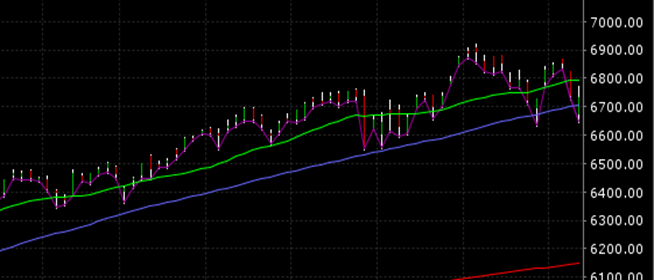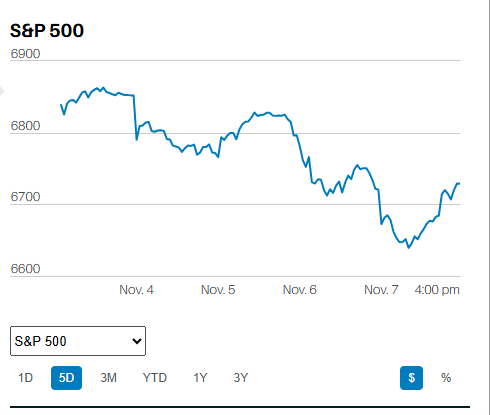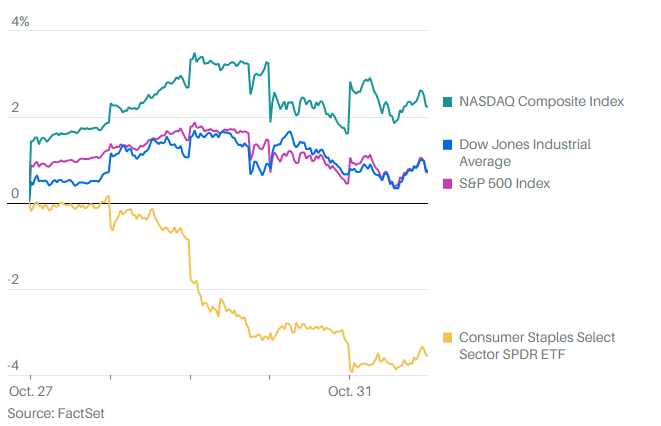
Unfortunately, it’s all too common that plan sponsors fail to act as plan fiduciaries by putting plan participants’ interests first.
“Corporate “self-dealing” isn’t allowed when setting up and running employee pension plans. But a wave of lawsuits accuse fund companies (and others) of filling employees’ pool of 401(k) retirement investments with their own funds and charging excessive fees for them, using the pension plans as corporate cash cows and putting the firms’ financial interests ahead of those of their employees.” (Barron’s Oct. 19 2018)
The Employee Retirement Income Security Act of 1974 (ERISA) is a federal United States tax and labor law that protects Americans' retirement assets by implementing rules that qualified plans must follow to ensure plan fiduciaries do not misuse plan assets.
The Barron’s article focuses on mutual fund companies, but self-dealing is rampant in the 401(k) space. We run across it every single day…okay, so that’s an exaggeration - make it ten to fifteen companies annually who admit to self-dealing. Mind you, those are only the companies who admit it with an oh-so-casual: “They’re our biggest customer. We’re never moving.” Or: “They send us a lot of business. We won’t change advisors.”
One of the all-time great examples of a CFO who didn’t care that the company 401(k) plan was far too expensive, and poorly designed, occurred in the summer of 2017. We conducted an independent, third-party review of their 401(k) plan: this is called Benchmarking for Reasonableness by the Department of Labor (DOL). We sent an information request, which included asking for the company 408(b)2 and statement of plan assets; the documents were used to calculate the all-in plan costs.
The 408(b)2 is a relatively new legal filing which forces Record Keepers to actually estimate what they are charging their clients for their services. Now, this may seem odd because one would likely expect that a customer has been told how much they have been charged for a service. Unfortunately, no. The 401(k) business is much more about hiding true cost to its clients. In the case of our CFO, the service provider hit a homerun – they successfully misrepresented the true cost of the plan. The CFO emailed me back informing me that he had a pretty good handle on cost: they were only paying $2,900 annually. Cost wasn’t a problem, he felt. What they were really interested in was a review of the investment fund line-up because in his own words: “I’m not sure our current plan advisor has kept up with mutual fund offerings, particularly index funds.”
We did the independent third-party review and found that the all-in plan cost was a bit more than $107,000, which means the CFO’s plan cost estimate was only off by about $107,000. I can guarantee you that this particular gentleman had a very good handle on every penny of operating cash flow, both in and out of his company. Yet, he missed spectacularly on the cost of the 401(k) plan. Why?
Because many 401(k) plans are bundled, and the costs hidden - perhaps a good blog for another time. The point of this story, however, is what the owner did when he found out that his plan cost was running 1.15% of assets on an all-in basis (outrageously expensive for a $9.2 million plan), and that he could move the plan to a top three 401(k) platform and save his plan $62,000 annually in fees and expenses - nothing. He did nothing. Most likely because the plan advisor was his good golfing buddy. Regardless, this particularly example is pretty typical of the failure of plan sponsors to act as plan fiduciaries by putting plan participants’ interests first. Unfortunately, it’s all too common.











